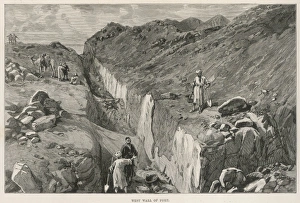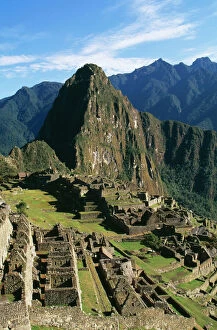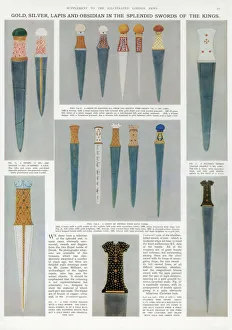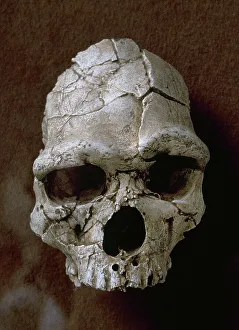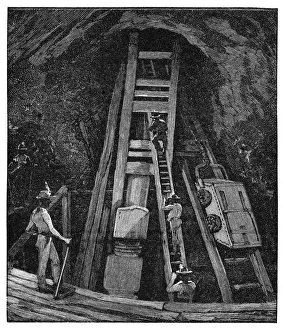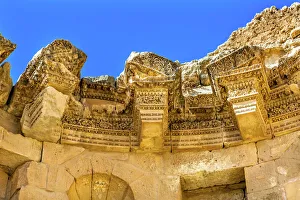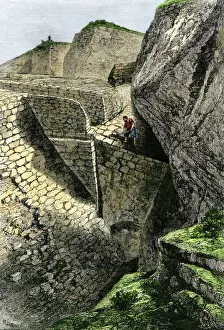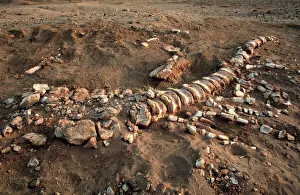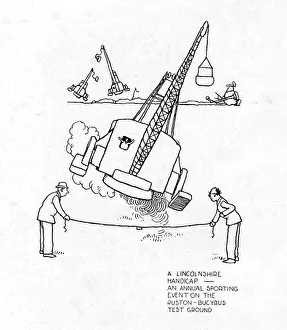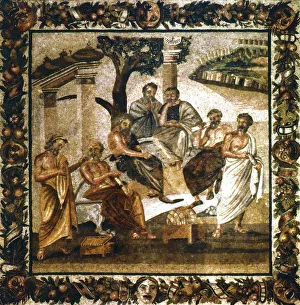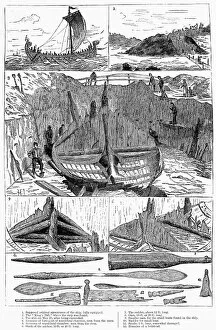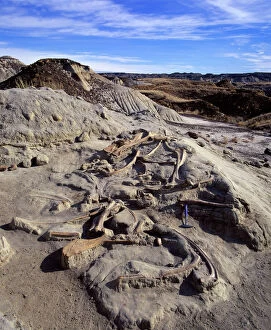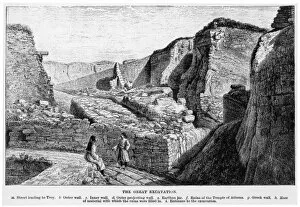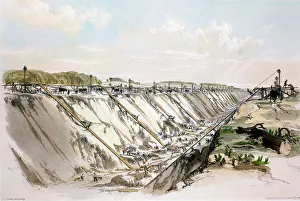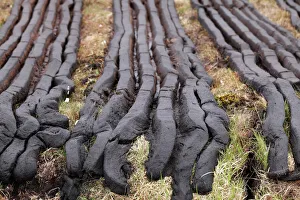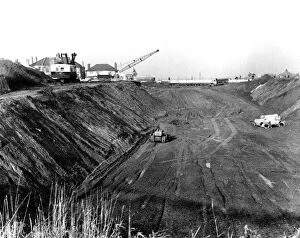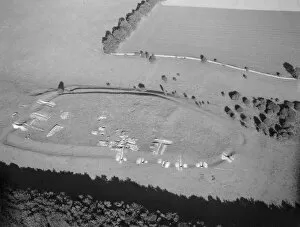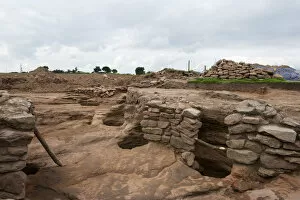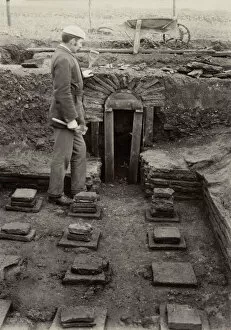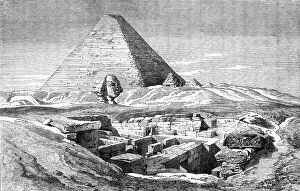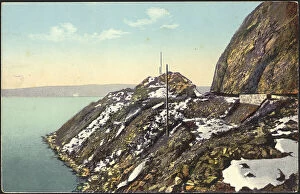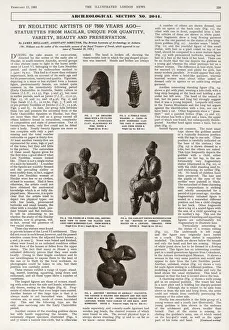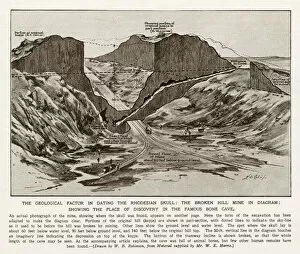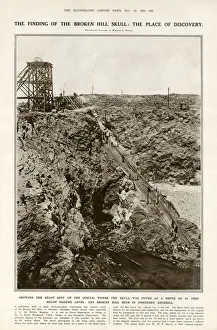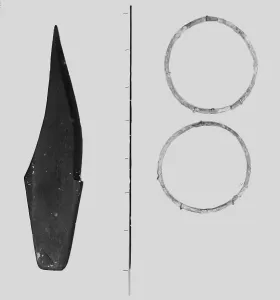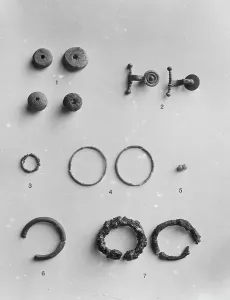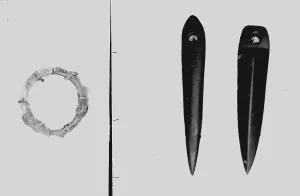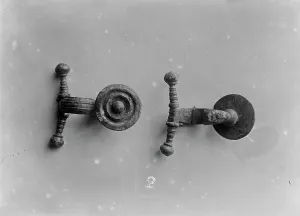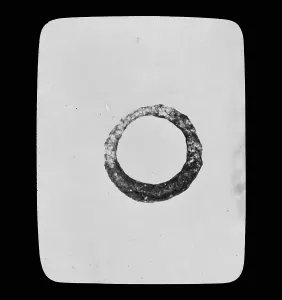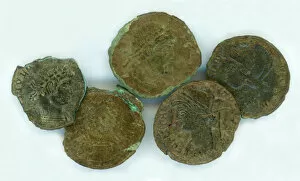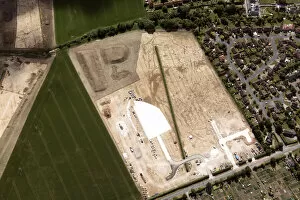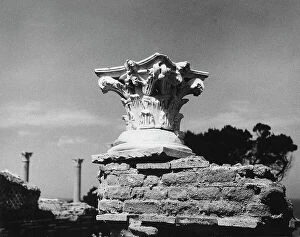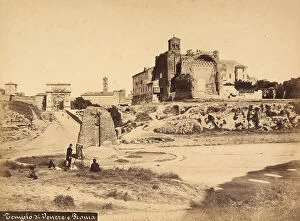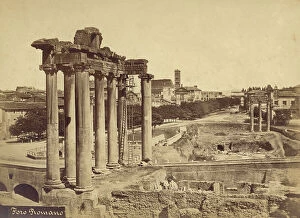Excavation Collection
"Unearthing the Mysteries: A Journey through Time and Culture" Embark on a captivating journey as we delve into the world of excavation
All Professionally Made to Order for Quick Shipping
"Unearthing the Mysteries: A Journey through Time and Culture" Embark on a captivating journey as we delve into the world of excavation, uncovering hidden treasures and ancient civilizations. In Machu Picchu, Peru, the majestic Llama FG 8898 stands tall against the backdrop of this awe-inspiring archaeological site. This UNESCO World Heritage Site holds secrets waiting to be unraveled. The Sutton Hoo treasure takes us back to early medieval England, where an extraordinary burial ship revealed a trove of riches belonging to an unknown king. Each artifact tells a story of power and opulence. Petrie at Daphne transports us to Egypt, where renowned archaeologist Flinders Petrie meticulously excavated this ancient city. His discoveries shed light on the lives and customs of its inhabitants from centuries ago. Peru FG 8889 captures Michu Picchu in all its glory - a city nestled below Huayna Picchu mountain. The ruins speak volumes about the advanced engineering skills possessed by its creators. Italy's Pompeii reveals itself as a time capsule frozen in history after being buried under volcanic ash for centuries. Its well-preserved remains offer glimpses into daily life during Roman times. The Splendid Swords of the Kings showcase gold, silver, lapis lazuli, and obsidian adorning weapons fit for royalty. These magnificent swords tell tales of valor and conquests that shaped kingdoms. Tautavel Man introduces us to our distant ancestors - Homo erectus subspecies who inhabited Europe over half a million years ago. Their fossils provide valuable insights into human evolution. At Jerash in Jordan, we witness grandeur unfold at the Nymphaeum Public Fountain - an architectural marvel adorned with intricate decorations showcasing Roman craftsmanship at its finest. Schliemann's excavation at Ancient Troy brings mythology to life as he unearths remnants from Homer's epic poems. The ruins reveal layers upon layers of ancient civilizations that once thrived.



